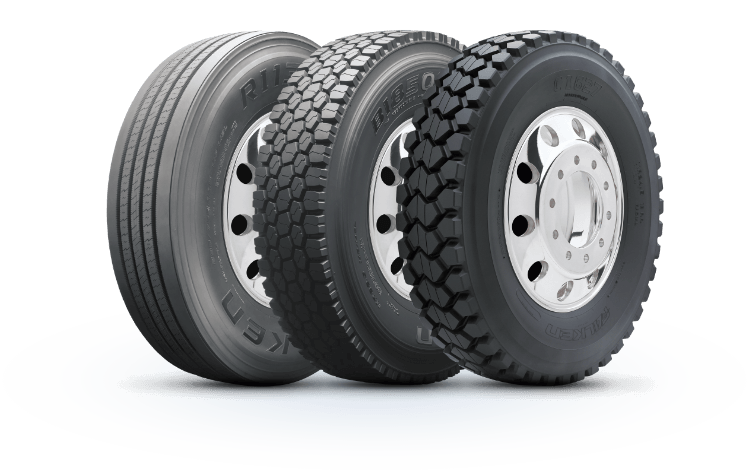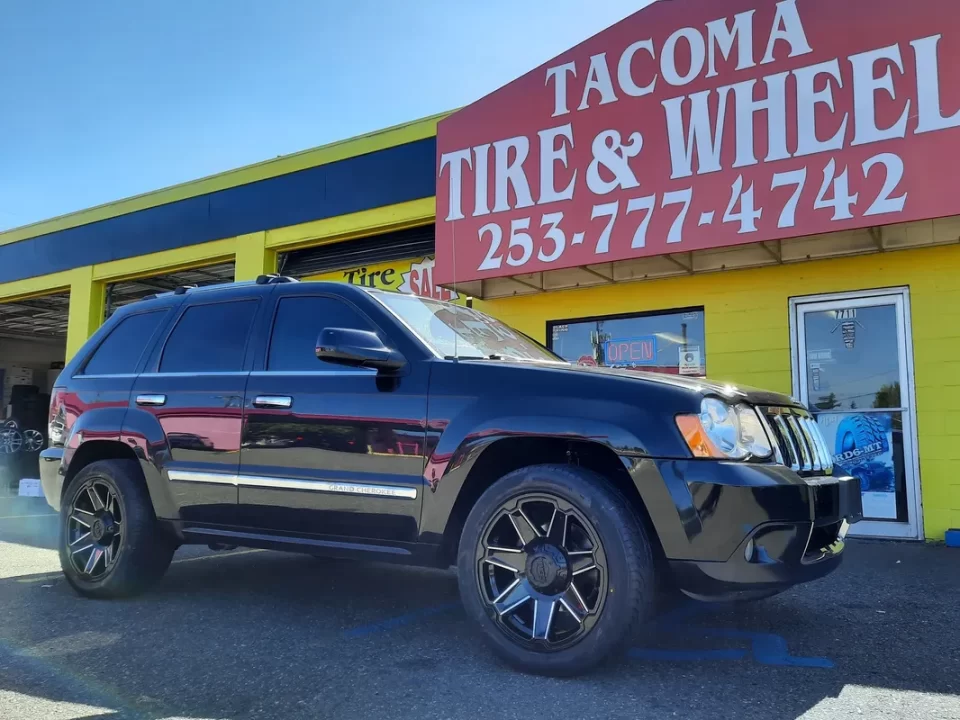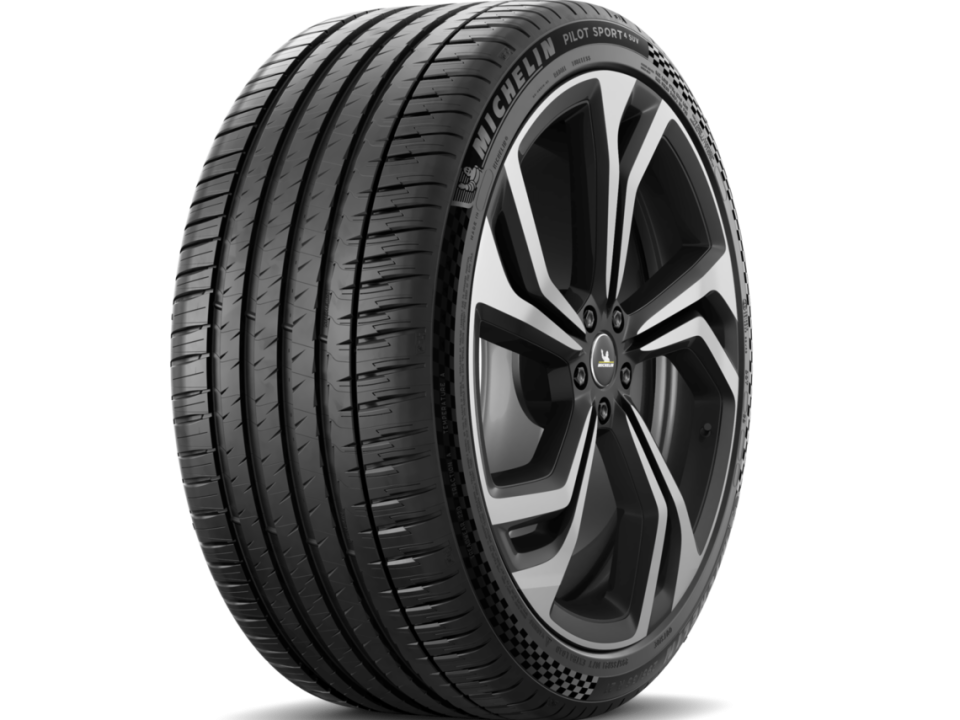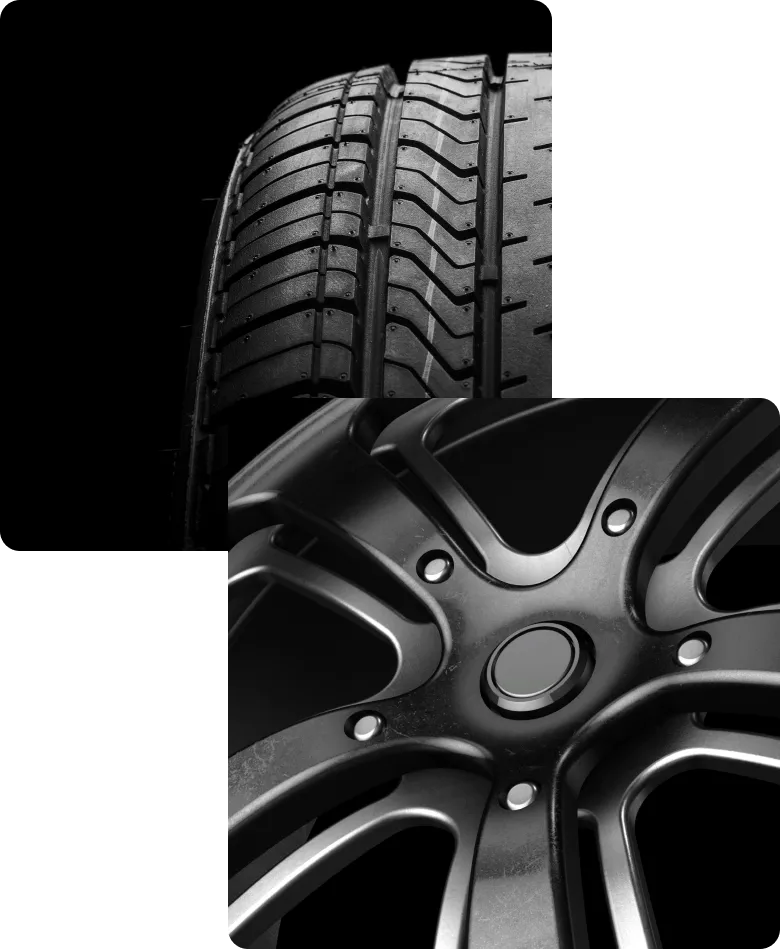
Crafted to Perfection: The Art and Science of Rim Manufacturing and Quality
September 11, 2023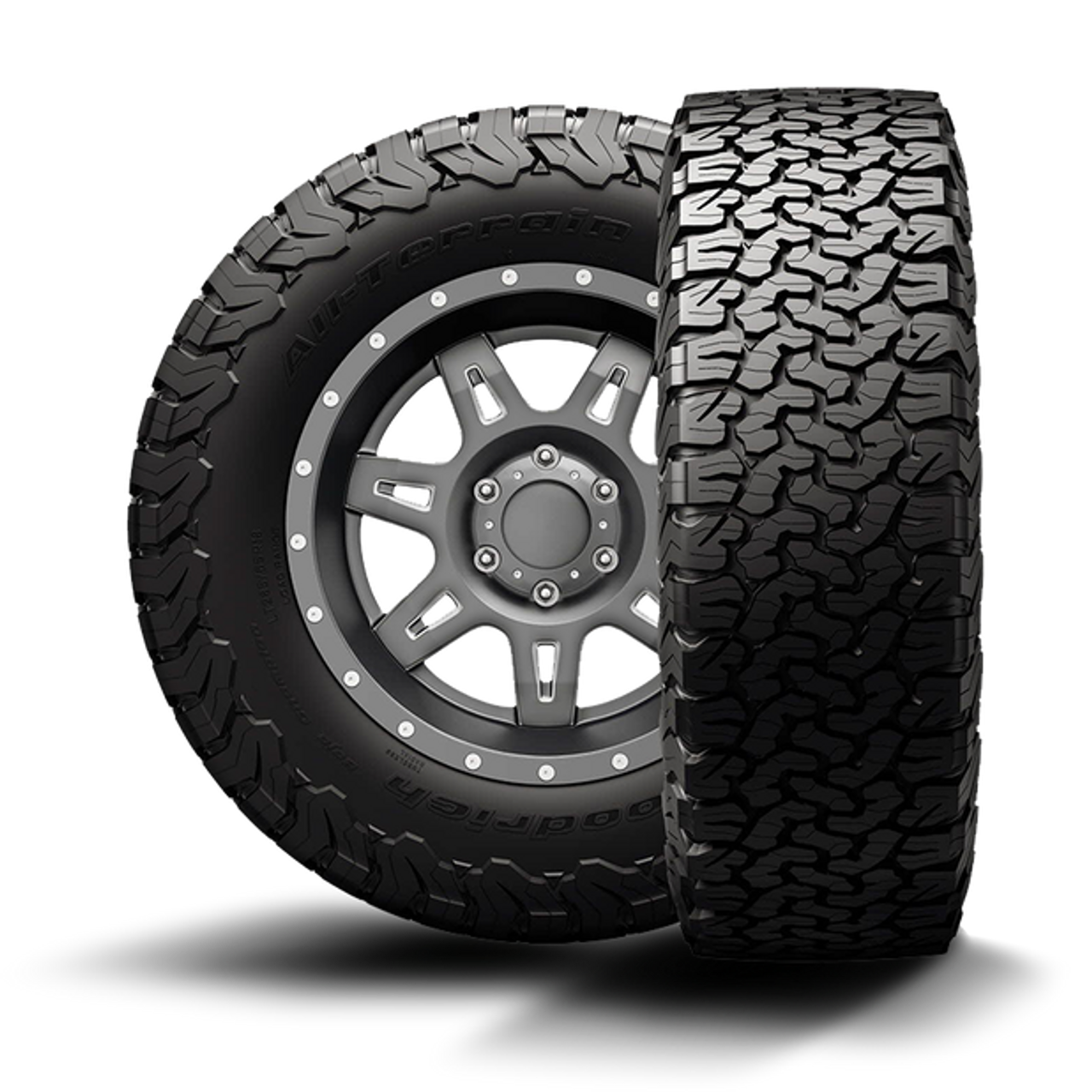
Tire Maintenance Tips: Providing Expert Advice on Inflation, Rotation, Alignment, and Balancing
September 11, 2023- best tires
- choose tires
- choosing the right tires
- expert tips
- Longevity
- maximizing tire longevity
- maximizing tire performance
- optimal tire selection
- perfect tires
- reputable tire brands
- Safety
- Tire alignment
- tire balancing
- tire brand
- tire brands
- tire budget
- tire budgets
- tire buying advice
- tire buying considerations
- tire buying factors
- tire buying guide
- tire buying process
- tire buying tips
- tire care
- tire care tips
- tire comparison
- tire damage
- tire damage prevention
- tire decision
- tire expertise
- tire inflation
- tire inspection
- tire knowledge
- tire longevity advice
- tire longevity expertise
- tire longevity knowledge
- tire longevity tips
- tire maintenance
- tire maintenance guide
- Tire maintenance tips
- tire options
- tire performance
- Tire performance optimization
- tire performance ratings
- tire pressure
- tire purchase
- tire ratings
- tire recommendations
- tire rotation
- tire safety
- tire safety advice
- tire safety checks
- tire safety expertise
- tire safety knowledge
- tire safety tips
- tire selection
- tire shopping
- tire shopping advice
- tire shopping expertise
- tire shopping guide
- tire shopping knowledge
- tire shopping tips
- tire sidewall
- tire sidewall information
- tire size
- tire sizes
- tire temperature resistance
- tire traction
- tire tread
- tire tread depth
- tire treadwear
- tire types
- tire warranties
- tire warranty
- tire warranty benefits
- tire warranty claims
- tire warranty coverage
- tire warranty details
- vehicle tires
When it comes to ensuring your vehicle’s safety and performance, selecting the right set of tires is paramount. With a plethora of options available, choosing tires that match your vehicle and driving needs can be a daunting task. That’s where this comprehensive tire buying guide comes to your rescue. In this guide, we’ll walk you through the essential factors to consider when purchasing tires, making your decision-making process a breeze.
Understanding Tire Basics
Before diving into the tire buying process, it’s crucial to understand the basics of tires. Tires are your vehicle’s only point of contact with the road, and their performance directly affects your safety, fuel efficiency, and overall driving experience.
1. Determine Your Vehicle’s Tire Size:
The first step in selecting the right tires is to determine the correct tire size for your vehicle. You can find this information in your vehicle’s owner’s manual or on the sidewall of your current tires. The size is typically expressed in a format like “P215/65R16,” where each part signifies a specific aspect of the tire.
2. Consider Your Driving Needs:
Consider your typical driving conditions and needs. Are you driving mostly in city traffic, on highways, or off-road? Do you live in an area with harsh winters? These factors will influence the type of tires you should choose, such as all-season, summer, winter, or off-road tires.
3. Determine Your Budget:
Tires come in a wide range of prices. It’s essential to set a budget that aligns with your financial constraints. Keep in mind that while budget-friendly tires may save you money initially, higher-quality tires often provide better performance, longevity, and safety.
4. Tire Performance Ratings:
Pay attention to performance ratings, such as treadwear, traction, and temperature resistance. These ratings are usually indicated on the tire’s sidewall and can help you gauge how a tire will perform in various conditions.
5. Research Tire Brands:
Not all tire brands are created equal. Some brands are known for their quality, while others may offer more budget-friendly options. Do your research and read reviews to identify reputable tire brands that suit your needs.
6. Consider Tire Warranty:
Check if the tires you’re interested in come with a warranty. Warranties can provide peace of mind and may cover issues like premature wear or damage.
7. Consult with Experts:
When in doubt, consult with tire experts or your vehicle manufacturer. They can provide recommendations based on your specific vehicle and driving habits.
8. Understanding Tire Types:
Now that you’ve covered the basics let’s delve deeper into different types of tires:
a. All-Season Tires:
All-season tires are the most common type and offer good performance in various conditions. They are suitable for drivers who don’t face extreme weather conditions and want a versatile tire.
b. Summer Tires:
Summer tires are designed for warm weather. They provide excellent traction on dry roads but are less effective in winter conditions.
c. Winter Tires:
Winter tires are essential if you live in regions with cold temperatures, snow, and ice. They offer superior grip in freezing conditions.
d. Performance Tires:
Performance tires are designed for sporty driving and offer enhanced handling and grip but may wear out faster.
e. Off-Road Tires:
Off-road tires are built for rough terrain and provide the necessary traction for off-road adventures.
f. Touring Tires:
Touring tires prioritize comfort and are ideal for long-distance driving.
g. Run-Flat Tires:
Run-flat tires allow you to continue driving even after a puncture, giving you extra time to reach a repair shop.
h. Low Rolling Resistance Tires:
These tires improve fuel efficiency by reducing the energy needed to roll.
i. Eco-Friendly Tires:
Eco-friendly tires are designed to minimize environmental impact by reducing rolling resistance and fuel consumption.
Conclusion
Choosing the right tires for your vehicle is a crucial decision that directly impacts your safety and driving experience. By following this comprehensive tire buying guide and considering factors like size, driving needs, budget, performance ratings, brand reputation, warranties, and expert advice, you can make an informed decision that ensures your vehicle is equipped with the perfect set of tires.
In our future blog posts, we’ll explore more tire-related topics, helping you become a tire expert. Stay tuned for valuable insights into tire maintenance, seasonal tire changes, eco-friendly tires, and much more.
